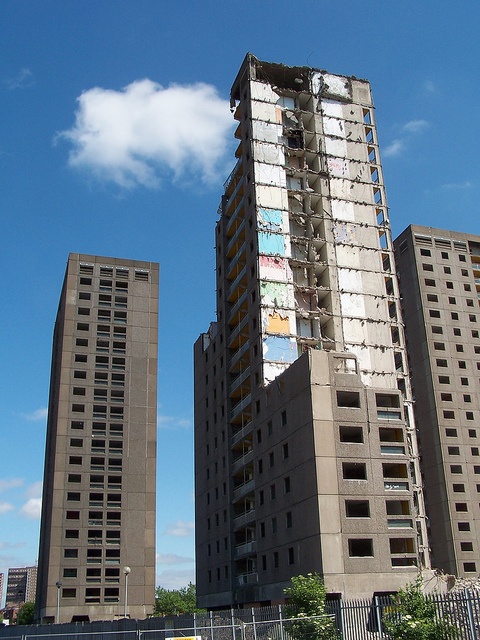Stocks and Flows in Glasgow, Scotland
FC-01x Future Cities (1st Run) - Exercise 2: "Stocks and Flows"

Uploaded on 2015-05-13 by goatsgreetings
**People** – In recent decades, the population of the city (measured by the city council boundary) has declined mainly as a result of decline of traditional industries such as steelworks, textile factories and shipyards. It has, however, stabilised at around 600k and is starting to rise again as a result of two factors: rising net inward migration, and death rates falling more sharply than birth rates. The city is now attracting a flow of new residents to its existing stock and projections indicate that it is expected to grow by around 15% over the next 20 years. The benefits of this inward flow of people are likely to include growth in the city’s economy as the pool of skilled workers and entrepreneurs increases, and the regeneration of vacant and derelict buildings into good quality residential, office and leisure developments to accommodate the new demand. The photo I took below is an example of the land available for new development, high rise residential towers in the city’s Govan area that were recently demolished as a result of depopulation. ![Demolition of High Rise Flats in Govan, Glasgow][1] **Food** – As with other north European cities, the supply of food comes mainly from global production lines and is sold via supermarkets. Food and drink, however, is a major growth industry in Scotland, with turnover from local industries such as Scotch beef & lamb, seafood, salmon, whisky increasing substantially since 2008 despite the economic recession. In the future we can therefore expect to see Glasgow’s flow of food coming increasingly from sources within Scotland, with benefits for sustainability and the national economy. **Information** – Glasgow is a keen adopter of the ‘Smart Cities’ and ‘Big Data’ policy agendas, and city authorities manage or otherwise assist with a number of UK and internationally-supported collaborative initiatives to collect and manage useful data through techniques like citizen science mapping, web portals and dedicated apps. The rising flow of information is expected to contribute to more informed planning in the spheres of transport, health care services, public safety, and more. [1]: https://edxuploads.s3.amazonaws.com/14315186071838052.jpg